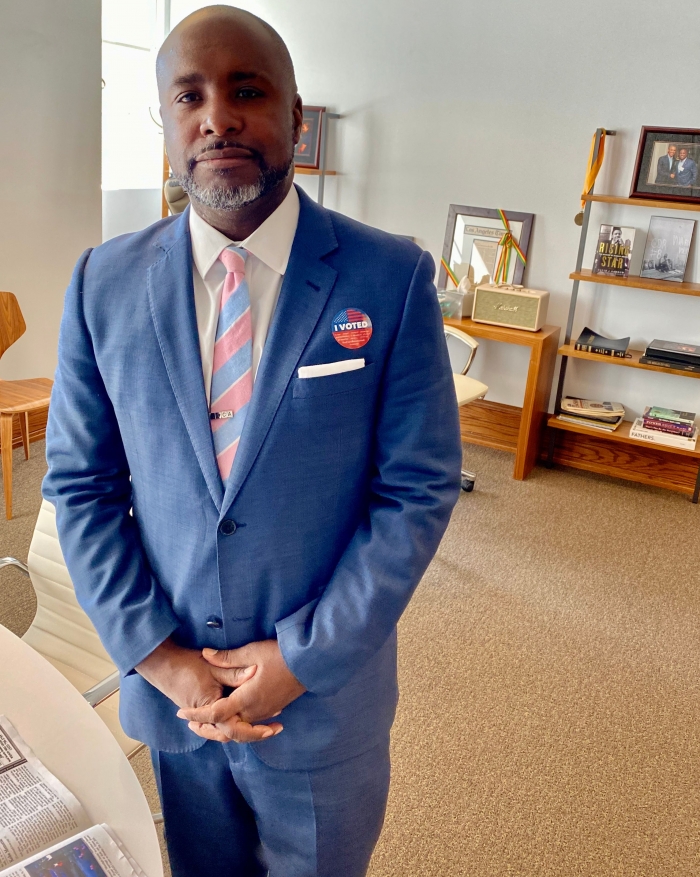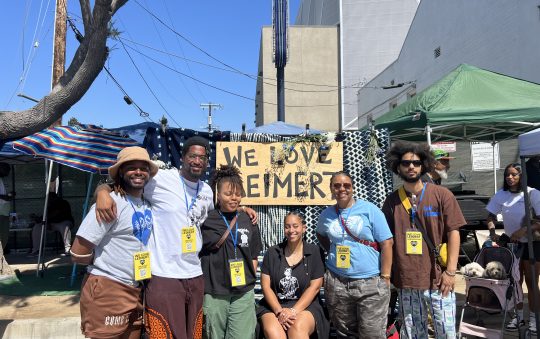
In this period of recovery, the question for our community is where do we go from here?
Here is a year after one of the most impactful racial reckonings since the Civil Rights Movement. Here is the crossroad, a partisan split on the road strewn with masks, vaccines, and misinformation. Here is the largest humanitarian crisis our city has ever seen.
Now is when representation matters; how we choose who represents us begins with redistricting. Redistricting in its simplest definition is how communities with similar social, cultural, and economic issues keep themselves intact and able to elect leaders who represent and legislate their interests in the political arena.
According to 2020 Census Data in Council District Eight, 52% of the voting age public are African Americans, and it is the only African American Community of Interest in the City of Los Angeles. It is where we have made our homes and raised our families for generations — where Black voters can collectively elect candidates of their choice who can articulate their needs. As a literal and figurative backbone of the city, Black LA is a power player with significant contributions across business and creative sectors stamping its unique worldview on everything from art and architecture to politics and fashion. This is all evidenced by the global desire and consumption of our culture.
Part of the redistricting process is the equitable distribution of economic assets. These give the representative a voice for the interests and concerns of their constituents, and the ability to leverage benefits for the community. Ten years ago, the last redistricting process stripped City Council District Eight of its economic assets, namely Exposition Park (home of the Olympic games), including the Coliseum, the California African American Museum (CAAM), USC, and Leimert Park.
Other South Los Angeles Districts did not fare well in the last redistricting process either. Council District Nine lost large swaths of Downtown LA, and the powerful economic interests concentrated there. The historic 10th Council District that elected Tom Bradley decades ago did not see the same dramatic change, but when all of this is taken together there was a negative impact for the eighth, ninth and tenth districts creating a collective diminution of influence and power. The 2011 City Council decision to remove assets away from South LA and concentrate them into specific regions, led to a high-profile embarrassment of the city.
As we finalize this redistricting process, South Los Angeles must call for these assets to be returned and equitably distributed to ensure that the voices of our Black and Brown residents in Council Districts Eight, Nine, and Ten have the weight and potency they deserve.
With hope,
Marqueece Harris-Dawson







